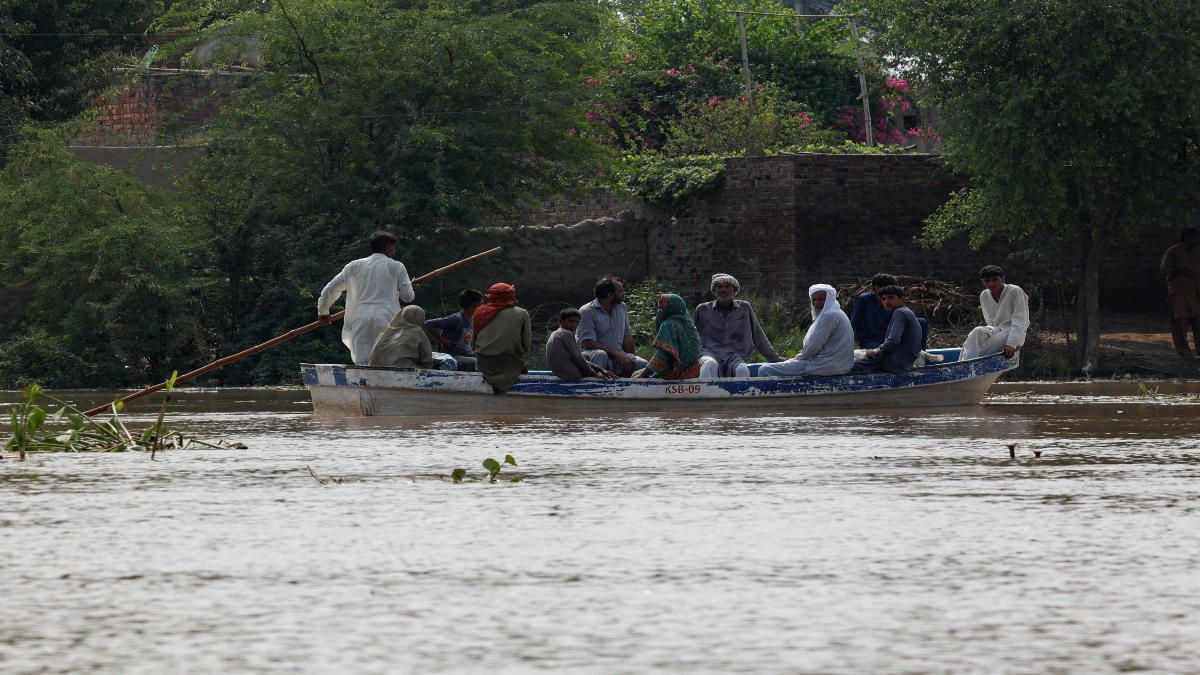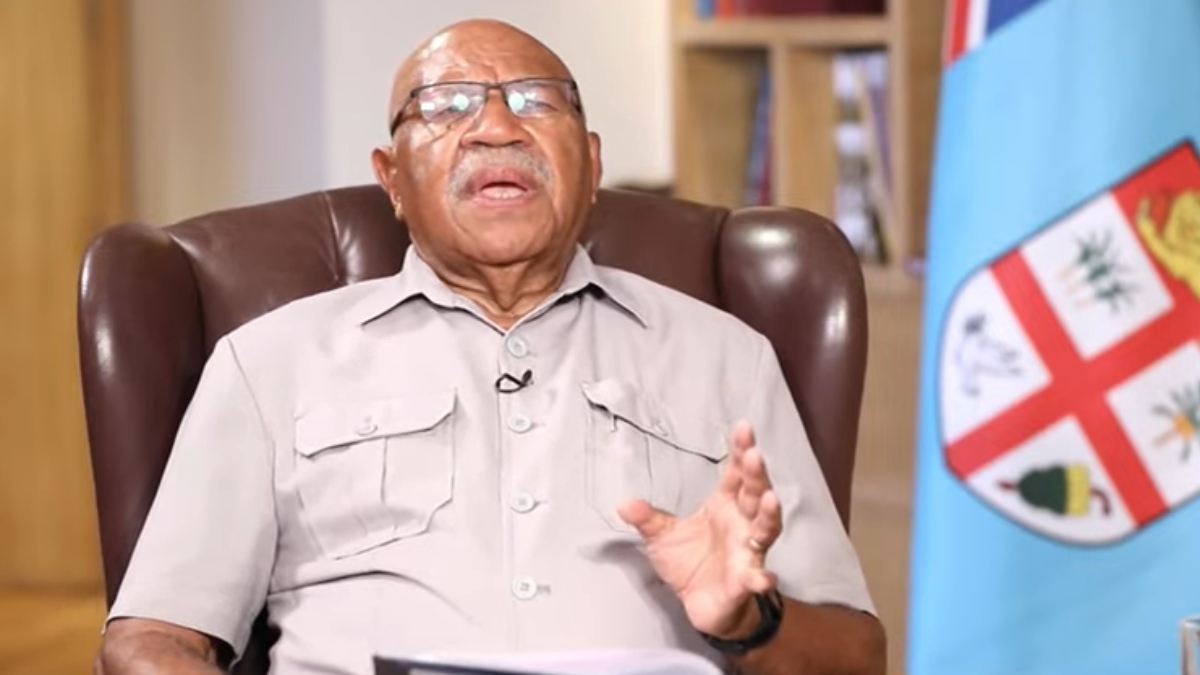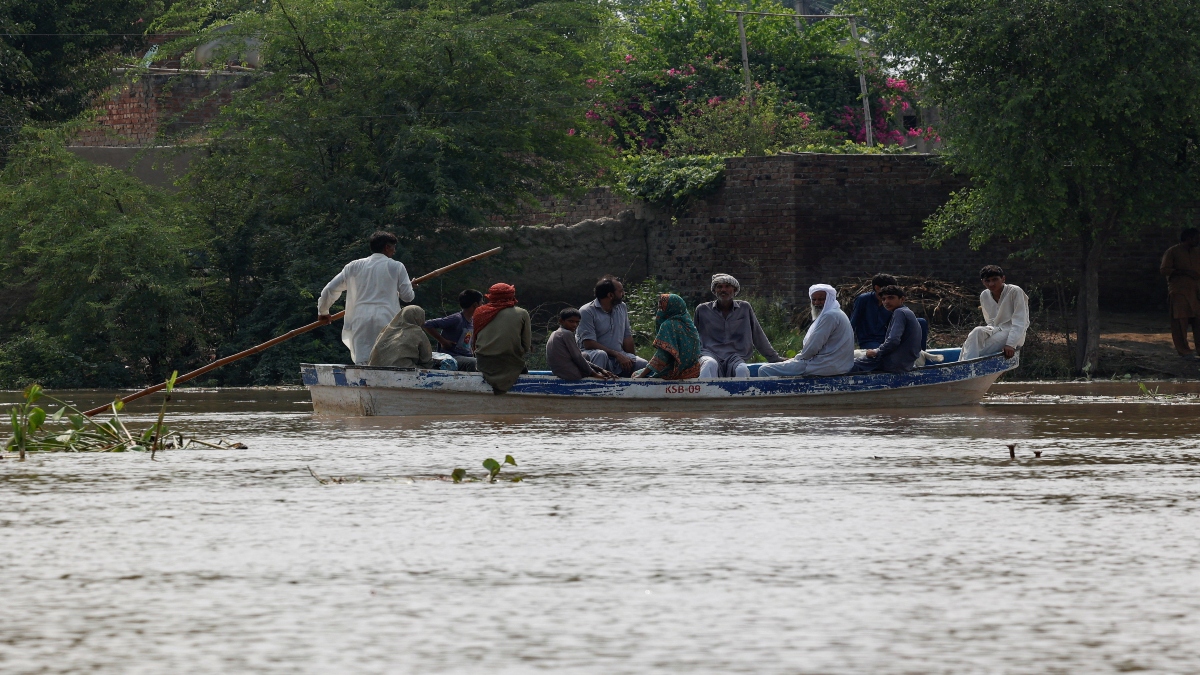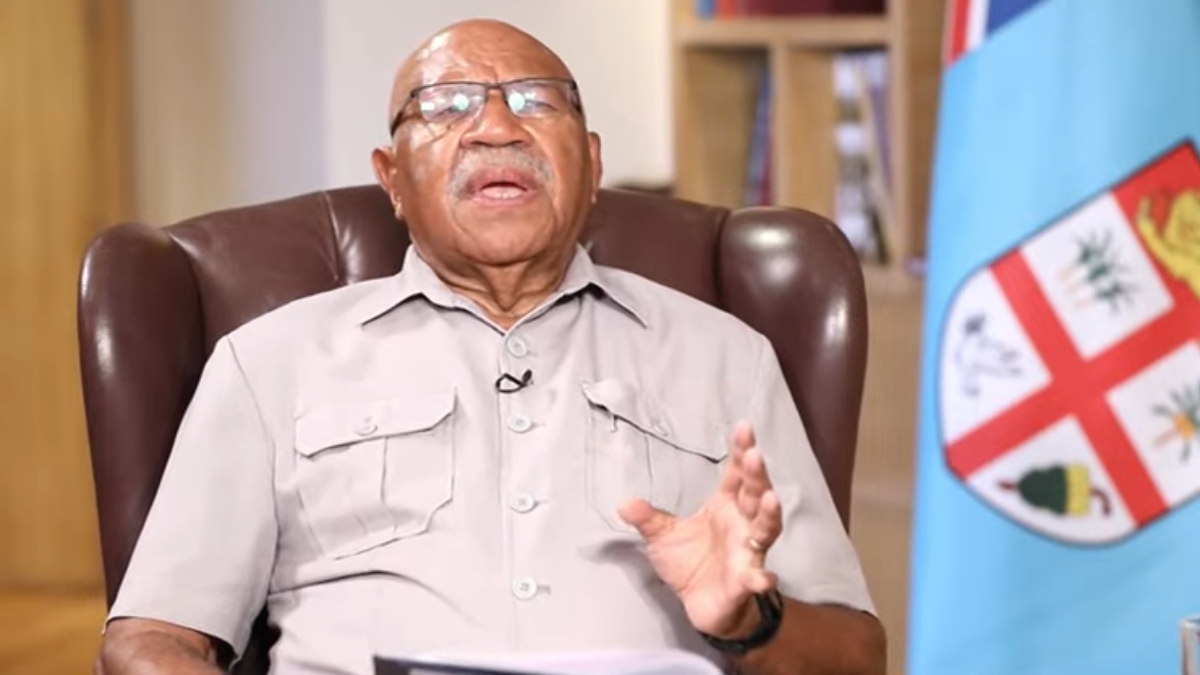In my last article, I had mentioned how Delhi was already flooded in several areas even before the water from the Hathni Kund Barrage arrived in the national Capital. These were the areas which were much away from the river, and they stood waterlogged largely because of the unclean and clogged drainage system. This happened due to the failure of the Delhi Jal Board and the Municipal Corporation of Delhi (MCD), to clean the drains on time, as practised in the past, before the arrival of monsoon in the city. Both these autonomous bodies are firmly under the political control of the Delhi government. Now let’s come to the floods in the Yamuna, whose waters have entered the areas between the Red Fort and further down the river near the ITO crossing. The flood waters entered the seat of the Delhi government, the Players’ Building on the Yamuna bank and the adjoining Indira Gandhi Stadium complex. It also entered areas north of Red Fort in the Civil Lines, especially the Inter-State Bus Terminus (ISBT) at Kashmere Gate and the Majnu Ka Tila area on the Outer Ring Road. In its defence, the Delhi government has said that the flood waters entered because the Yamuna breached the 1978 mark. The old-timers would recall that during the 1978 floods, the effect was so widespread that in Model Town the water level was till the first floor. There was this famous instance of Indira Gandhi, then in Opposition, arriving in Model Town in a boat and meeting up with Congress leader HKL Bhagat, who was stuck on the first floor of the house. This time despite breaching the 1978 mark, the water levels did not even enter Model Town, forget about rising levels. This has happened because in the past 45 years increasing ‘channelisation’ of Yamuna has taken place and the spread of water is being controlled. Therefore, the level of spread despite breaching the 1978 mark is not as wide as it was then. Yamuna has been crossing the danger mark regularly since 1992 and the writer has followed the city as a journalist, but the city has never been flooded. In fact, in 2010, there were torrential rains not only in the Himachal hills and in the city just ahead of the Commonwealth Games. But the city managed to avert floods and got the premises including the Games Villages on the Yamuna bed ready in time for the mega event. Between 1978 and now, several measures have been taken regarding the flow of Yamuna through the city including the building of the three barrages at Wazirabad, ITO and Okhla. These barrages are managed by the Irrigation department of the Haryana and Uttar Pradesh governments, solely for the reason that they have a much bigger workforce and they have to handle a much longer portion of the course (1,376 kilometres) of the river than in Delhi, which is just for 48 kilometres. The total stretch of Yamuna, which starts in Uttarakhand, largely flows through Haryana before entering Delhi at Palla village and exiting at Okhla into Uttar Pradesh. Between Palla and Wazirabad barrage there is a distance of 22 kilometres before the regulation of the river starts for the next 26 kilometres. It’s in this stretch that several trunk drains of the city fall into the Yamuna as also the Sahibi River which is better known as the Najafgarh drain. It’s not that the Delhi government doesn’t have a role in the regulation of the barrages in the city. They work under the superintendence of the Irrigation and Flood Control Departments of the Delhi government. While the Irrigation departments of the Haryana and Uttar Pradesh governments manage the barrage gates, the bunds (embankments) are the responsibility of the Delhi government. Water entered Delhi Secretariat because the bund was breached near ITO. The situation was salvaged by the engineers from the Army who repaired the breach. Those who travel on the Outer Ring Road beyond where the Red Fort walls end, as this writer regularly does, would recall that every year temporary bunds are built putting sandbags. They are done in advance so that the embankments are firmed up much before the levels in the Yamuna rise. The water levels in the Yamuna started to rise last Monday whereas it breached the bund at ITO only on Friday and entered the city near ITO on the intervening night of Wednesday-Thursday. On Wednesday last, this writer was a witness to the hurried deployment of sandbags near Monastery and ISBT when the water had already started to enter the low-lying areas. The question is who should be blamed for this delayed reinforcement? Certainly, the blame lies with the Irrigation and Flood Control Department of the Delhi government. The floods could have been managed better if this department had acted in time. The writer is an author and president, Centre for Reforms, Development and Justice. Views expressed in the above piece are personal and solely that of the author. They do not necessarily reflect Firstpost’s views. Read all the Latest News, Trending News, Cricket News, Bollywood News, India News and Entertainment News here. Follow us on Facebook, Twitter and Instagram.
The blame primarily lies with the Irrigation and Flood Control Department of the Delhi government. The floods could have been managed better if this department had acted in time
Advertisement
End of Article


)
)
)
)
)
)
)
)
)



